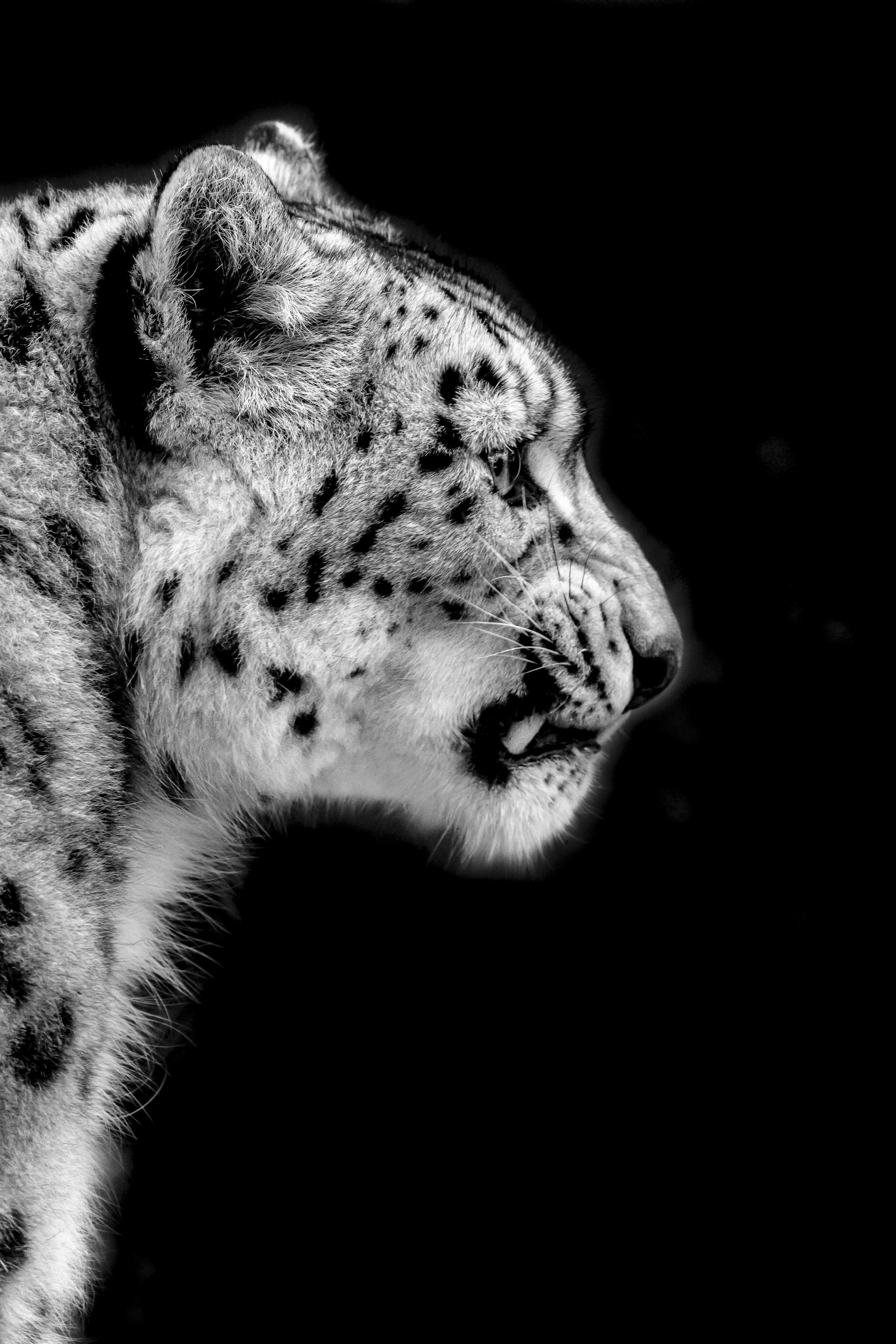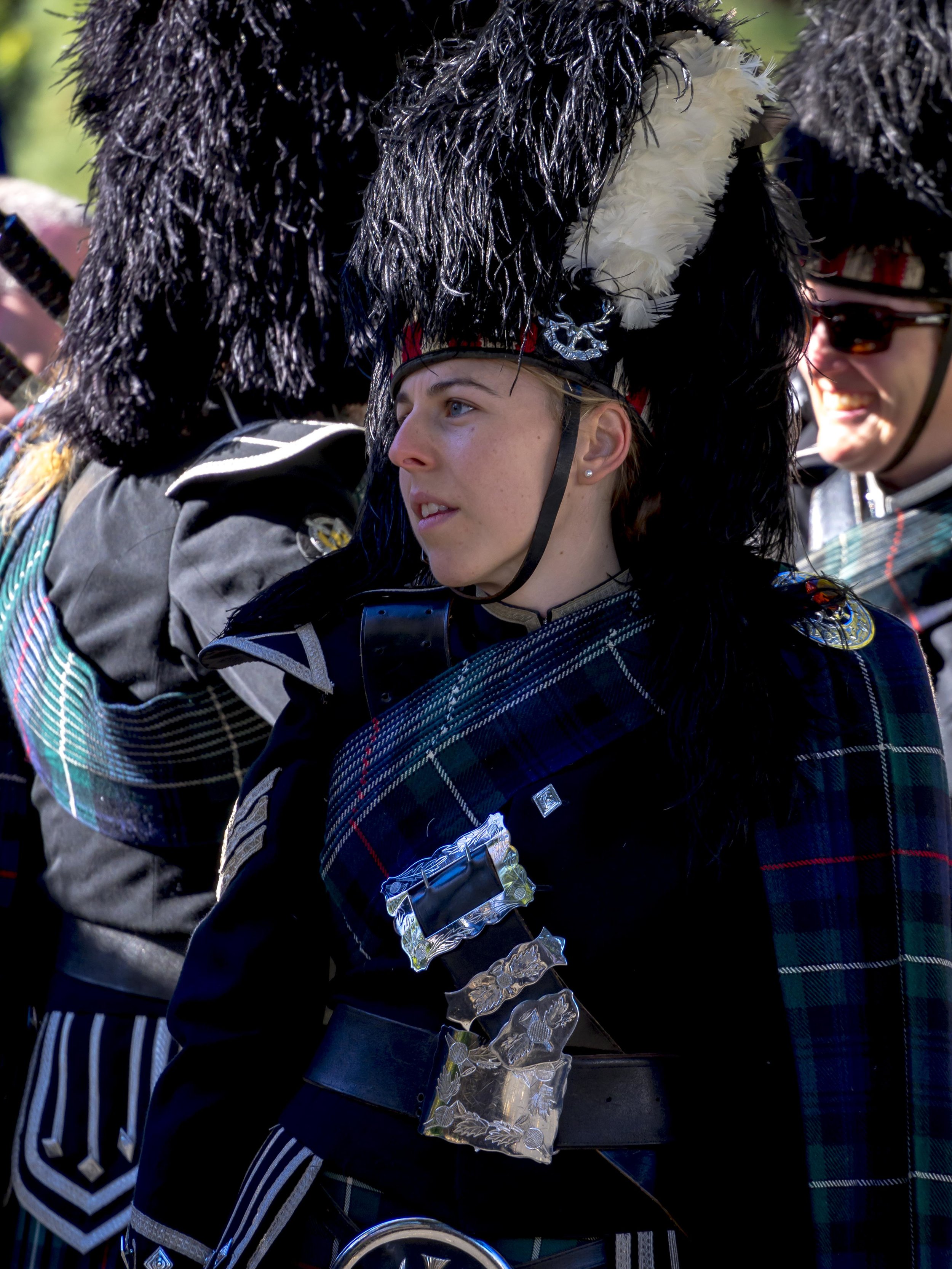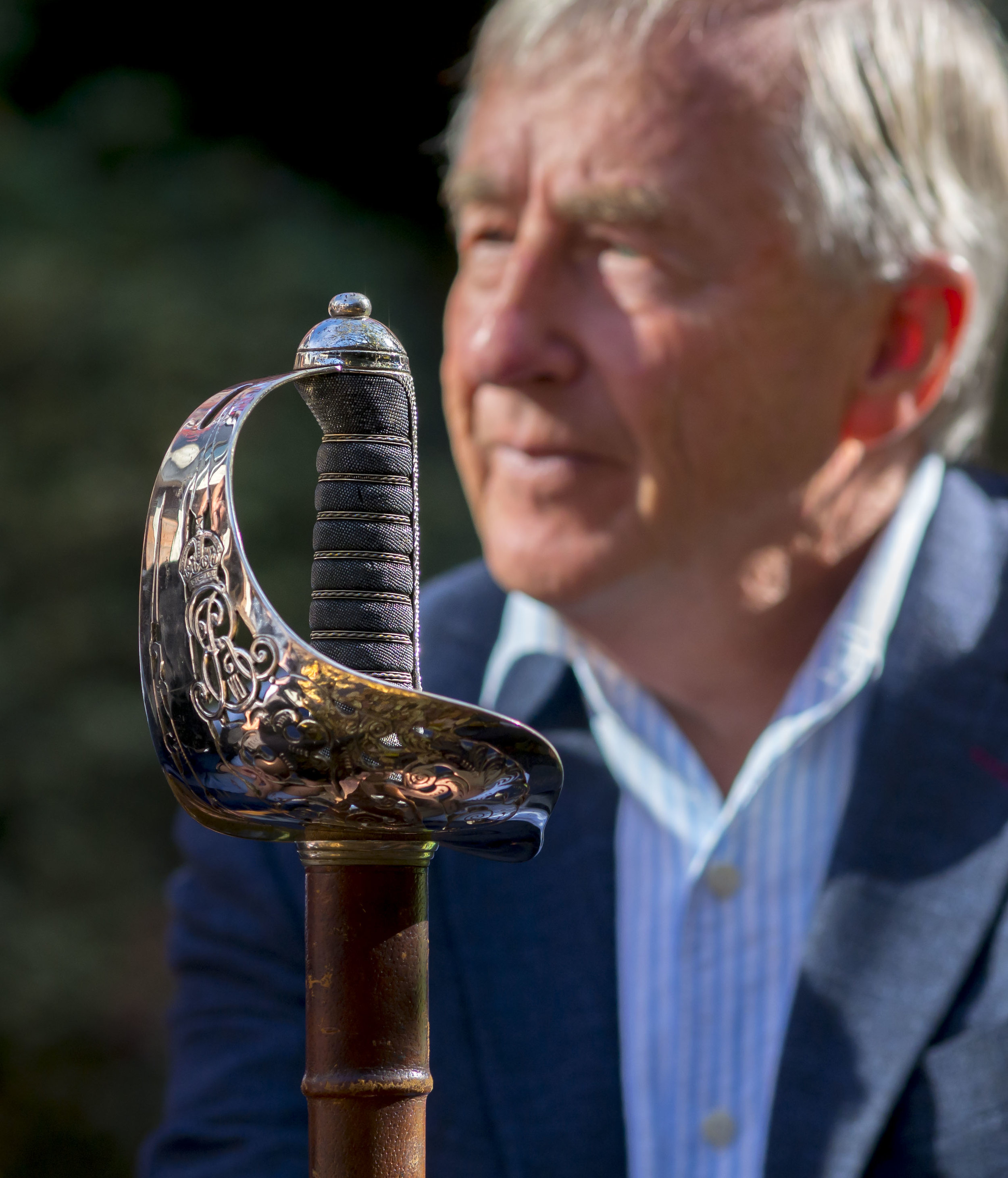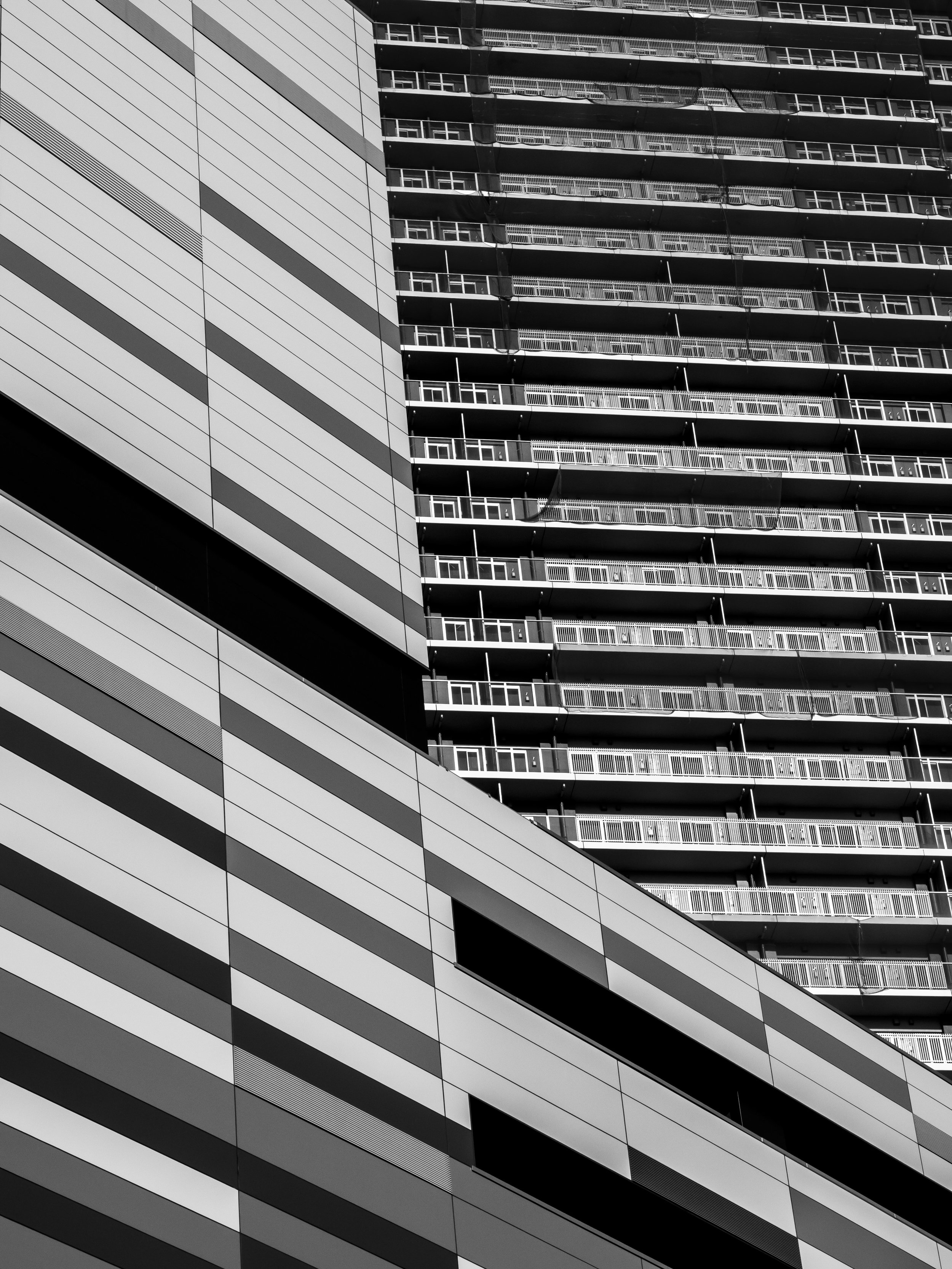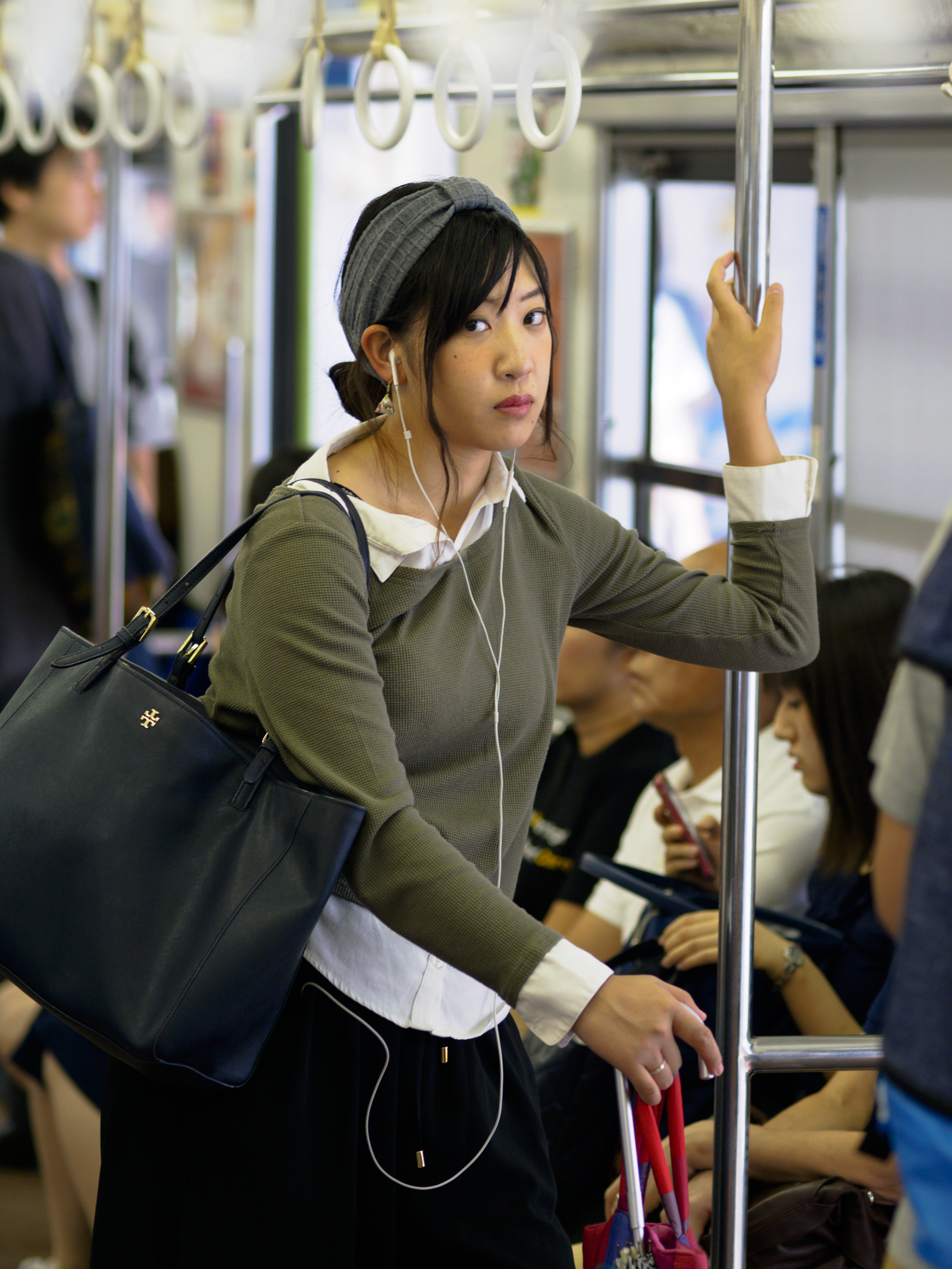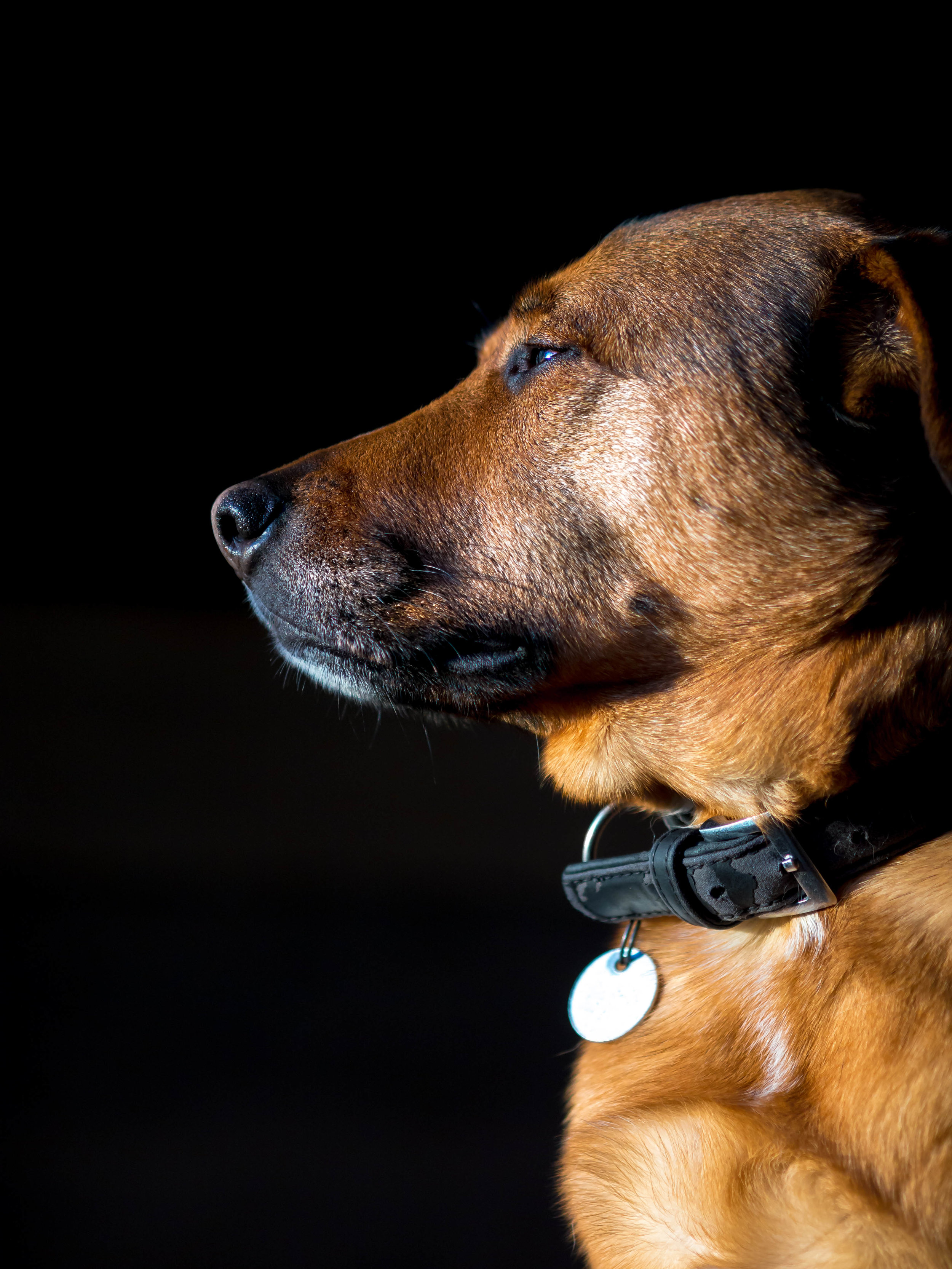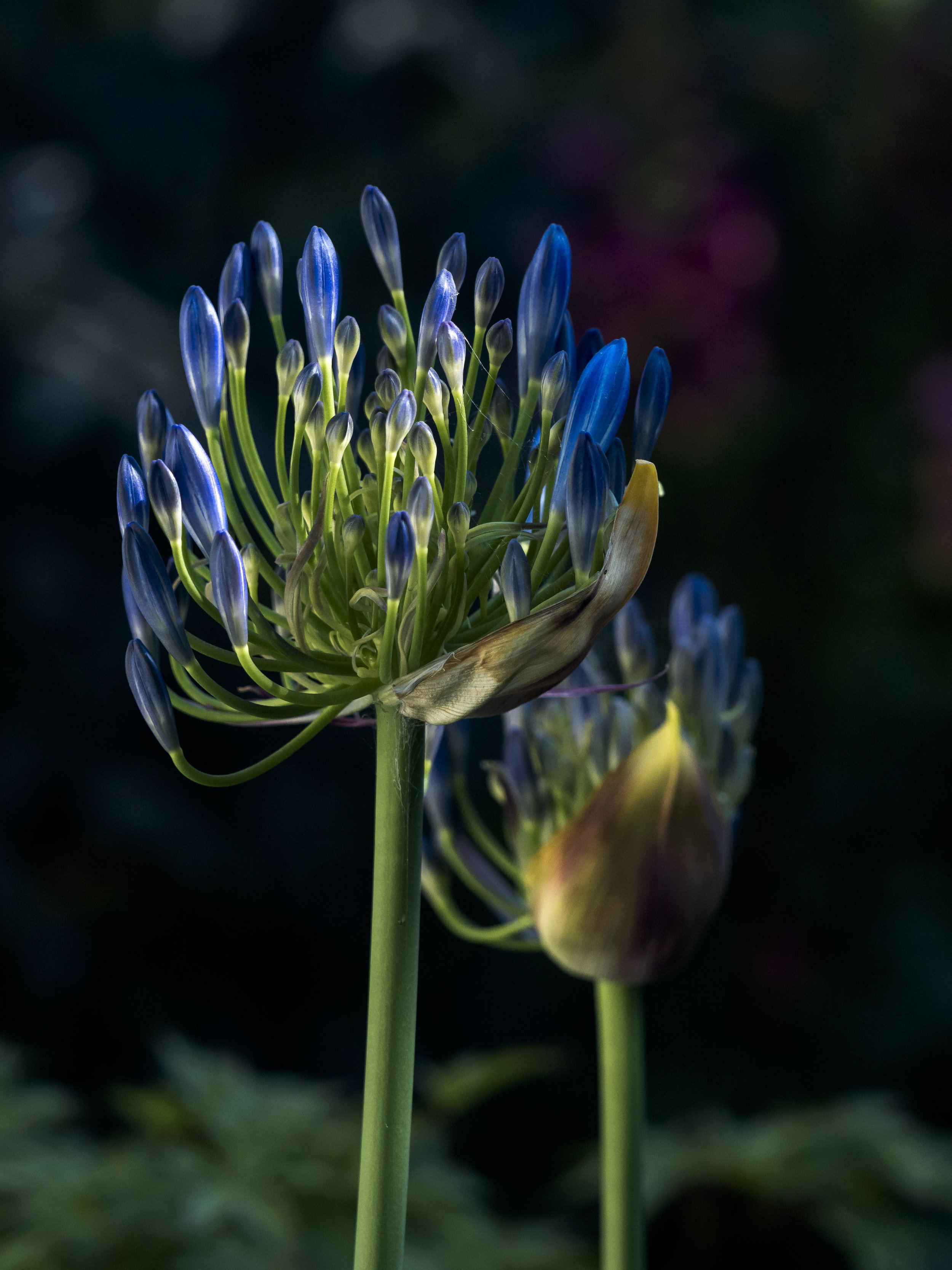Part of my journey to photographic recovery, is down sizing my kit. Although I have a strong preference for telephoto lenses, I still have too many of them. Chasing the "one bag kit" has been my bane for years. I get there, add something I feel I need, then lament the over complication of it all.
The main area of over abundance is in the medium tele focal length range, about 75mm or so.
A friend is in the process of choosing which he would like to buy and that has me waiting, pondering my options.
The problem is, I have a "perfect" 75mm prime, a pro zoom that hits it's sweet spot around the 75-100mm area (although it does not loose anything much longer or wider) and a cheap tele zoom that is very good in the 75-200 range also and offers a surprisingly good 100mm more.
The cheap zoom at full bore, showing real world quality similar to my much loved Canon 400 f5.6L
The 75-300mm zoom
The cheap lens always surprises. It is the star of a large school advertising montage, has produced some of my favourite long lens images, is cheap (replaceability being nearly as useful as "nearly indestructible"), and it is surprisingly usable. I have pulled off stage production and some indoor sports shots, dark zoo enclosures and lots of reactive snap shots whilst travelling. It also shows surprisingly good bokeh, considering it's length and speed, better in some circumstances than the 40-150. Realistically, for me, this lens, combined with a fast 45mm, covers all of my long lens needs.
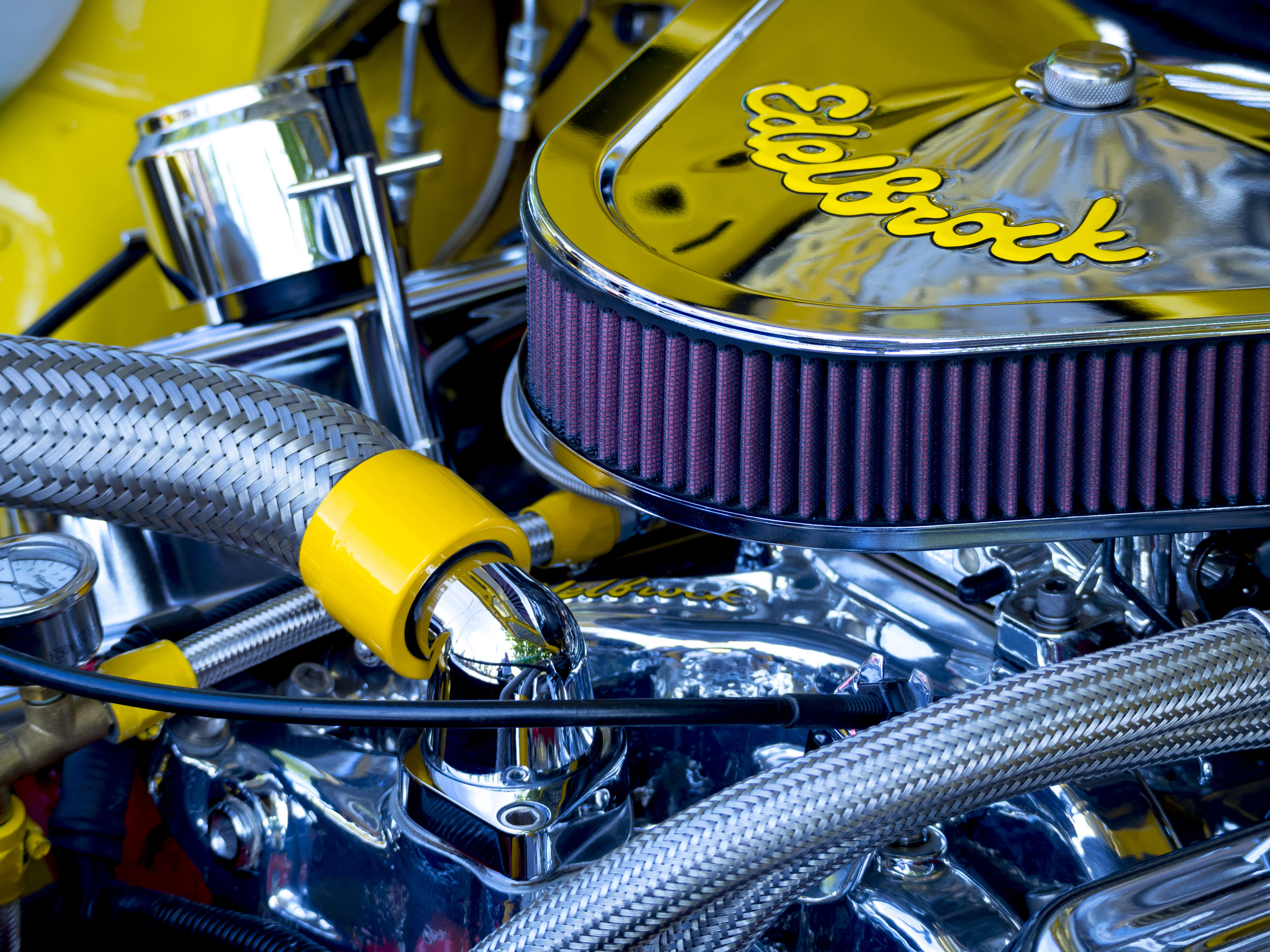
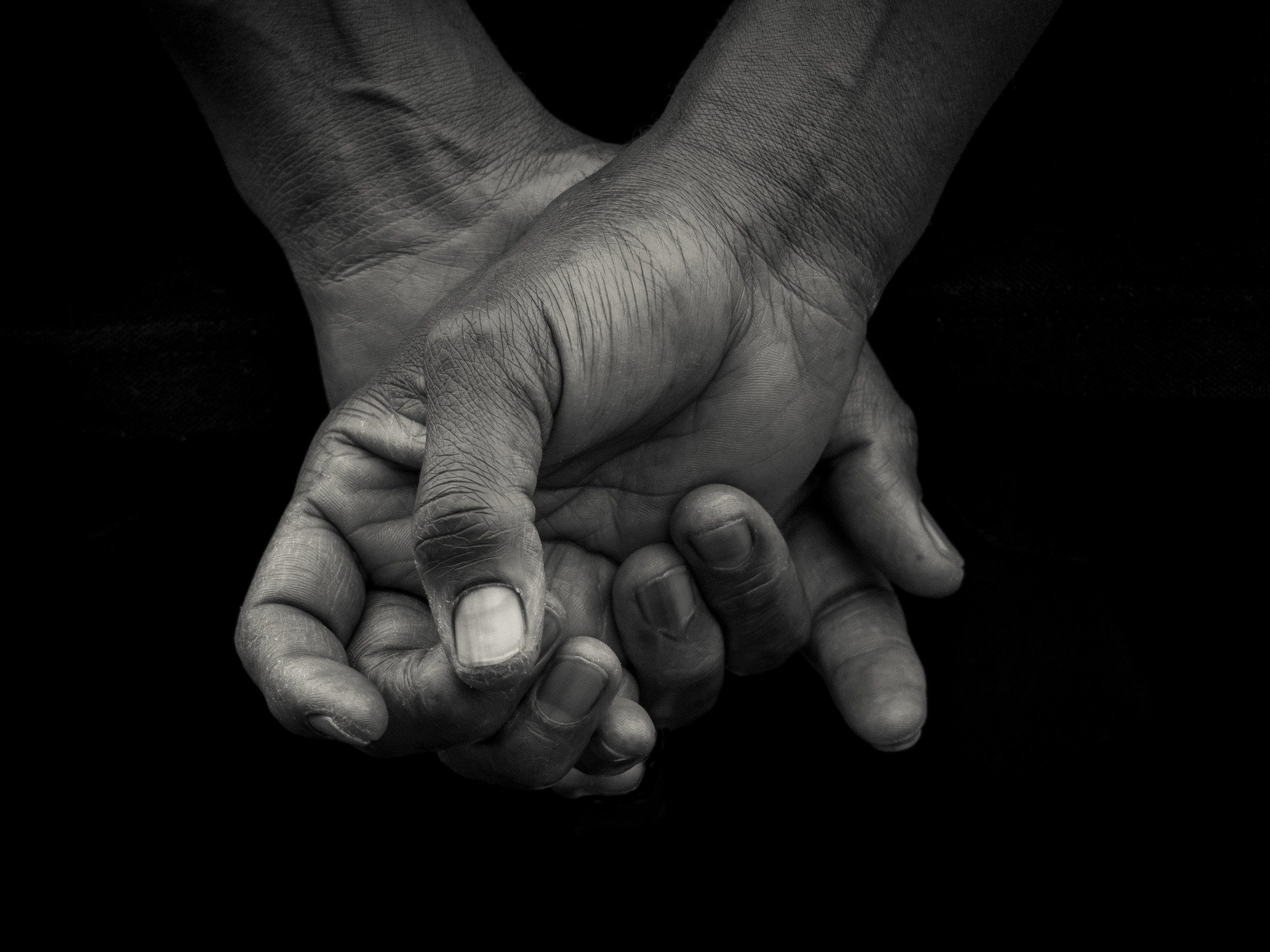
The rendering of this lens is really pleasant and smooth. It asks the question of our real sharpness needs. I can compare it directly to a "better" lens, but without direct comparison, there is often no easy way of knowing which is which*. Can this lens create an A2 enlargement that is sharp enough? Or rather does it avoid a lack of sharpness that would detract from it? This is really the role of a lens, to not let any obvious failing (lack of sharpness, obvious distortion, uncontrolled aberrations etc.) detract from the image while capturing it. Truth be told, more sharpness usually goes unremarked, but a chronic lack of it when not appropriately applied, is an issue.
The 75mm prime
Really sharp wide open with powerful separation, but sometimes not as characterful as similar images taken with the humble 45mm. Maybe the longer focal length compresses enough to give the image a flatter look, but the 45mm often just looks more "3D".
This one is quite simply the best lens (technically anyway) I have owned. It knocked off the 135L canon from top spot and has been reliably stunning whenever used. The speed is good, but the focal length is a bit in between for me. Not long enough for stage work, but too long for portraiture and it is the most guilt inducing lens. It was not cheap, nor was it ridiculously dear for such a great bit of glass, but the reality is, it has fallen into dis-use (see below).
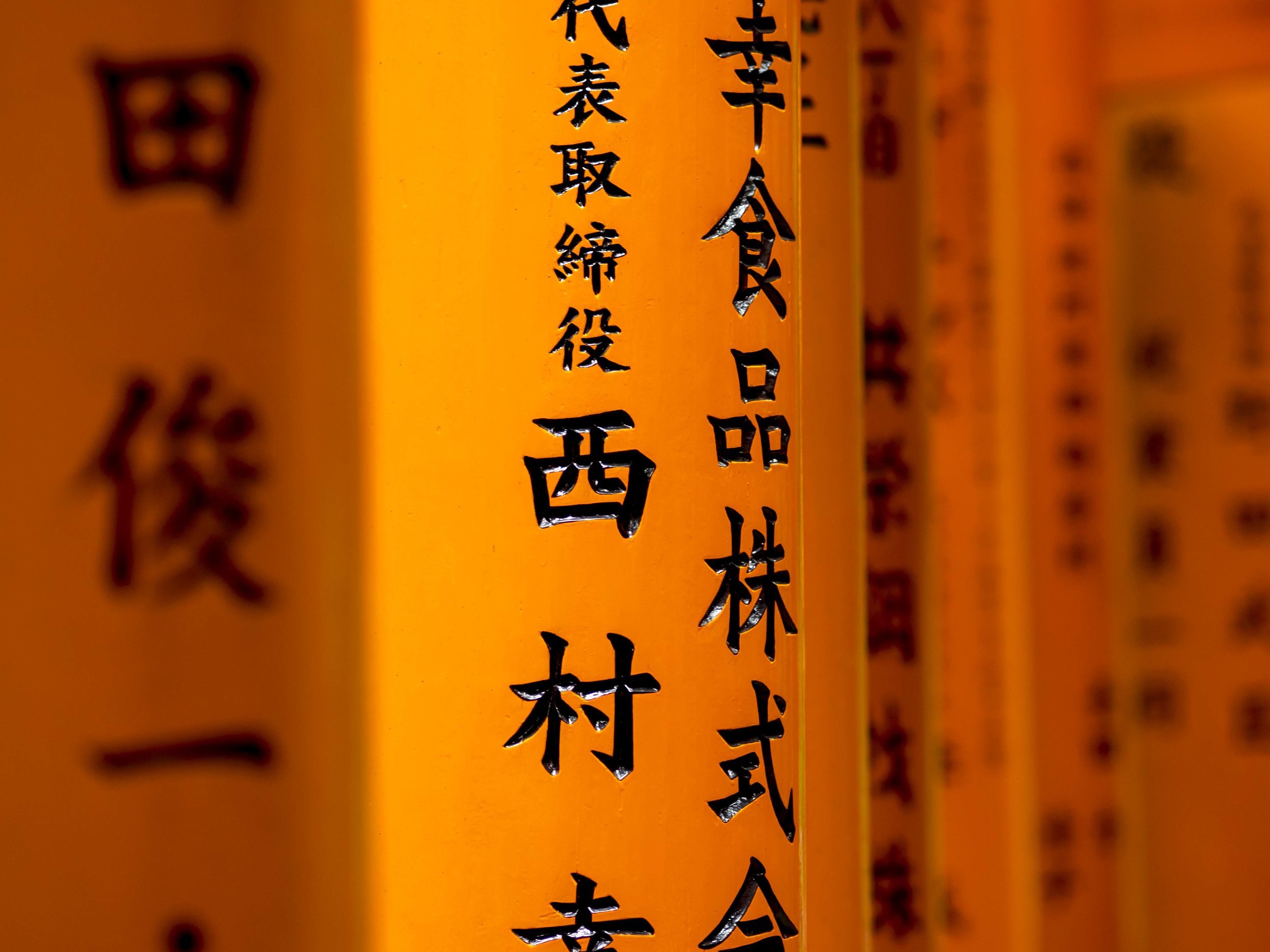

The Pro 40-150 zoom
This one is the reason for the prime not getting much use. At 75mm and above it is near to faultless. The short end has some obvious CA in the corners from F2.8-5.6. Not terminal, but there, so the small and handy 45mm tends to get used if off centre framing is important, simply to reduce post processing.
The only real issue is size. Shooting easily with the equivalent of a 300 f2.8 puts the relative weight into perspective, but the size is an issue for street shooting. Not only do I draw attention even just nursing the lens in the crook of my arm, but using it rarely goes unnoticed. I have even found the 75mm a little too big to slip by, but the zoom is just too obvious. Not how I work.
For pro work it is perfect, but I am not intending to do that again, so it's role now looks to be events (not common and the 75-300 is capable here), landscape (even rarer) and spontaneous images around the house, which is a bit like swatting flies with a shotgun.

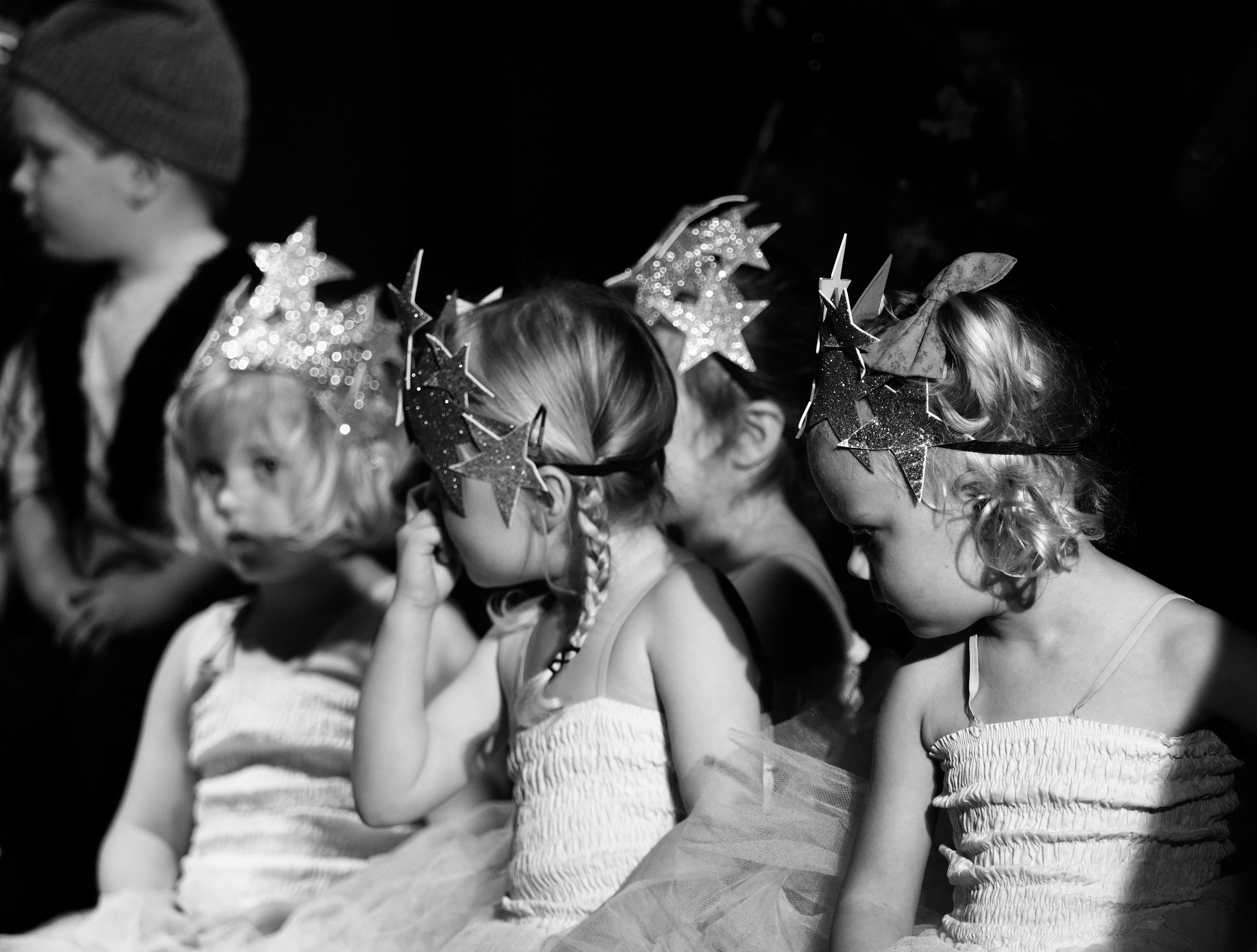
The main point I have gleaned from this train of thought?
I can probably function perfectly well, and possibly more contently, without either of the two premium lenses above.
Why?
Firstly; I have always liked lesser gear that punches above it's weight. When I shot Canon, my most satisfying purchases where; The 35 f2 EF (old), 28 f1.8 usm, 70-200 f4L non IS, 85 f1.8 and 400 f5.6L non IS, mounted on crop frame "100" series cameras for the most part (see a pattern there?). None of them were technically the best in their class, or the most advanced designs (all date back to film era designs), but each of them produced images every bit as good as lenses twice or more times their price. What I love about the newer gear is this is even more pronounced. Yes, the latest wonder cameras and lenses are, well, wonderful, but the most basic modern kit is streets ahead of even some premium gear of the past. I am surprised how many of my favourite images have been taken with my cheaper glass and on older cameras.
Secondly; I have been having an almost anti sharpness reaction lately**. One of my favourite image makers when starting out was a fellow named McDuff Everton. His signature look was a simple and clear vision and equally clear images. Usually leaning toward panoramic travel/landscapes, his shots took the viewer to the place, but the thing that really stuck with me was the lack of "Ansel Adams" like super sharpness. His images lost nothing in their power by being smooth and gentle rather than brittle or too obviously sharp. That is not to say the gear I will be using is not capable of razor sharp images, but none of the lenses with distract me with thoughts of hunting supreme technical heights. They will simply provide pro grade images with minimum fuss and bravado.
Each lens in my bag will have character over all other considerations. The 17mm renders very natural looking street images. The 25mm is the versatile "one lens only" lens, with useful close focus. The 45mm is for "bokeh" heavy portraits or low light and the 75-300mm has reach. There will also be a useful little 14-42 hanging around just in case. This kit also sits well with my current disinterest in gear and photographic over analysis.
In a day or two, the buyer will make up his/my mind for me. Until then I can run scenarios through my head, but I think I know where I am going. Less is actually more.
*
*The fact is, when looking for sample images from these three lenses, I often had to check their meta data to be sure I was representing them accurately!
** Working part time in a book shop has been eye opening for me. Tasmania has a lot of great landscape shooters, many with decades of experience. The trend lately, not just here, is to print books with obvious digital over sharpening and equally over saturated colours. I have seen horrifyingly over worked images from local photographers all the way to the later printings of books like "Ansel Adams in Color", a book I have a superior 1980's version of and the work of others such as Steve McCurry. Not always their fault, but even if down to the printer, the trend is worrying.

